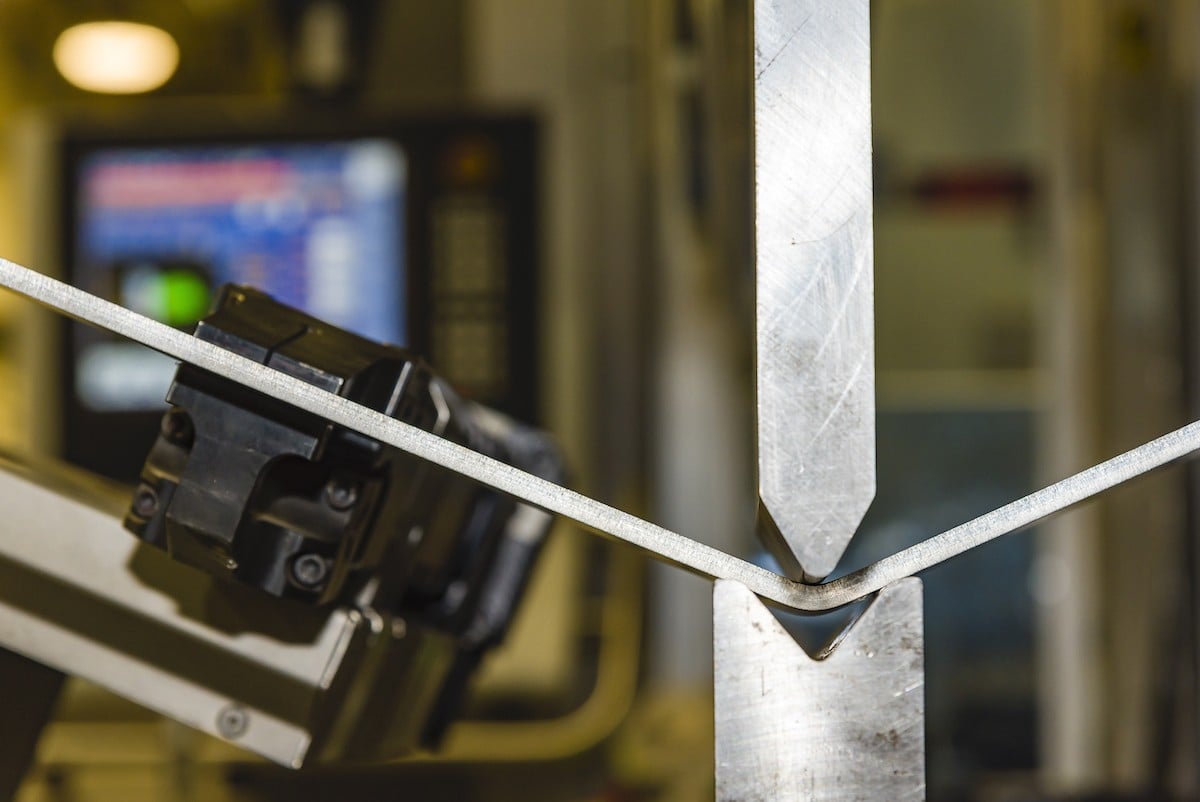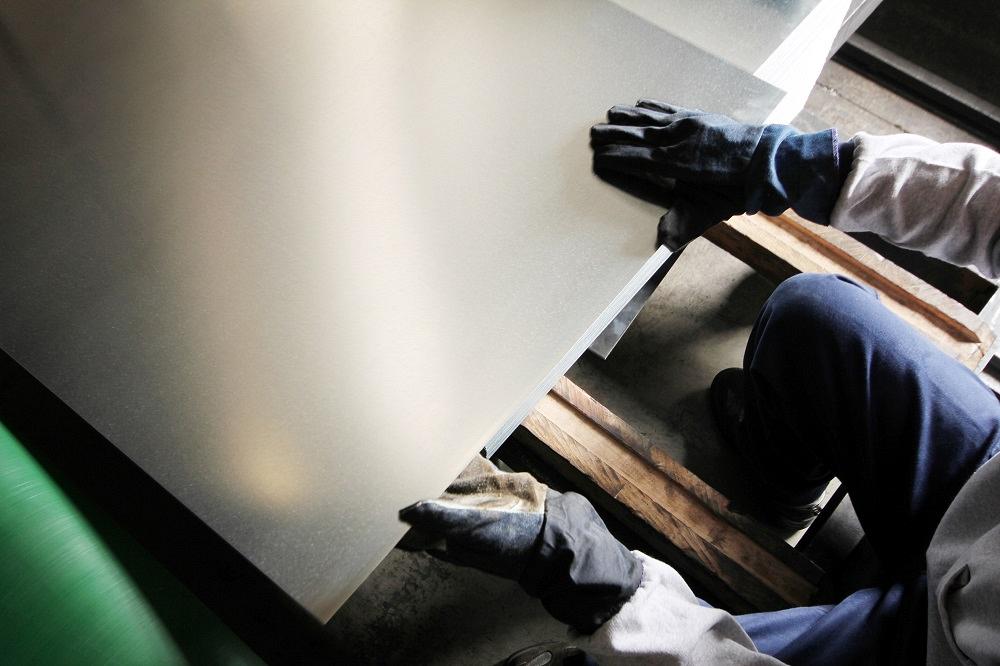If the chosen sheet metal cannot be formed into the desired shape under the selected processing conditions the applied stresses are higher than the tensile strength of the sheet metal which causes cracks to form in the part.
Calculate strength properties of thin sheet metal.
Bending stretching and drawing of simple shapes are analysed as are certain processes for forming thin walled tubing.
To measure the thickness of sheet metal go through these following steps step 1.
The formed bend radius is dependent upon the dies used the material properties and the material thickness.
N mm2 or mpa the symbol is σbc.
Typical forming processes such as deep drawing and stretch forming are characterized in and tested using standard testing methods.
Sheet metal is metal formed by an industrial process into thin flat pieces.
The original shape is the flat sheet metal and formed components need to retain their shape permanently.
Sheet metal is one of the fundamental forms used in metalworking and it can be cut and bent into a variety of shapes countless everyday objects are fabricated from sheet metal.
Calculate through the pre calibration and make sure it s done with the same standard the metal sheet.
Cells on the right will output the desired values.
According to shigley s mechanical engineering design significant denotes about 5 0 percent elongation.
The bend deduction is the amount the sheet metal will stretch when bent as measured from the outside edges of the bend.
Where possible the limits governing each process are identified and this entails a detailed study of tensile instability in thin sheet.
Thicknesses can vary significantly.
The bend radius refers to the inside radius.
You only have to insert interior angle flange lengths k factor inside radius and material thickness.
When sheet metal is bent it stretches in length.
Ductility is a measure of a material s ability to undergo significant plastic deformation before rupture or breaking which may be expressed as percent elongation or percent area reduction from a tensile test.
Roarks formulas for stress and strain for membrane stresses and deformations in thin walled pressure vessels.
It is the maximum stress that the sheet metal material can withstand under pressure without breaking.
Sheet metal forming processes.
It helps to measure the thickness of the metal sheet easier and faster.
Extremely thin sheets are considered foil or leaf and pieces thicker than 6 mm 0 25 in are considered.
Any smooth figure of revolution if r 2 is less than infinity uniform internal or external pressure q force unit area.
It refers to the stress of the metal sample during the stretching process when the load no longer increases and the sample continues to deform.
Percent elongation or engineering strain at fracture can be written as.
Zwickroell s bup sheet metal testing machines test these properties with drawing forces up to 1 000 kn.
Good ductility properties are in great demand for thin sheet.



























